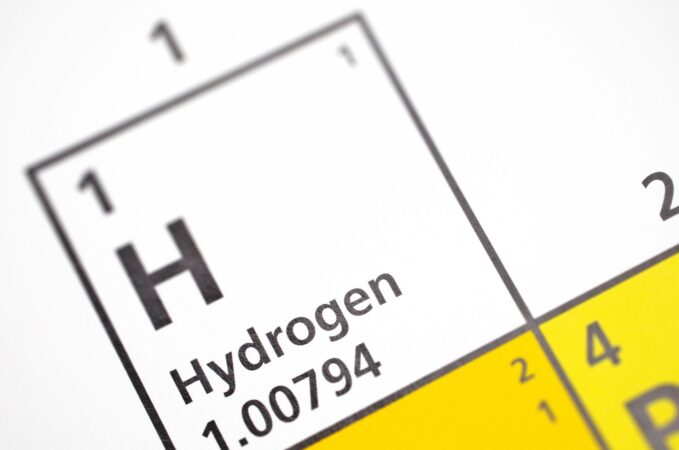Once known as a superfuel capable of decarbonizing large sectors of the economy, green hydrogen now faces major challenges. The 2030 goals look increasingly out of reach.
Preliminary forecasts indicate that demand for hydrogen will increase from practically zero to 800 million tons per year by 2050. The majority of this amount will be green hydrogen, produced by electrolysis of water using renewable electricity, while a small portion will be blue hydrogen.
However, to meet net-zero emissions targets by 2050, the world will need to produce about 70 million tons of green hydrogen per year by 2030, as proposed by the International Energy Agency in 2021. Europe alone has set a target of 20 million tons per year. year.
Initial enthusiasm galvanized the sector, with developers announcing projects, equipment manufacturers pledging to lower prices, and politicians promising major subsidies. However, recent analysis shows that the sector faces serious financial challenges. The cost of the first hydrogen projects has increased dramatically, doubling in some cases, and government subsidies have not been enough to foster the necessary growth, Cinco Dias reveals.
Michael Liebrich, of Liebrich Associates, estimates that total subsidies distributed by 2030 will reach about US$200 billion, while US$2 to US$4 billion will be needed to achieve the targets.
In addition to the financial challenges, there are doubts about the true benefit of green hydrogen. Electricity-based technologies, such as thermoelectric batteries and heat pumps, have emerged as viable options in sectors where hydrogen was expected to play a leading role. If these expectations come true, the role of hydrogen in 2050 may be limited to 350 million tons annually, less than half of the most optimistic estimates.
Currently, green hydrogen production is negligible, at less than 0.1 million tons per year. The majority of hydrogen used is the gray variety extracted from natural gas. Green hydrogen projects in operation are mostly pilot or pilot projects.
Even with a more modest forecast of 350 million tons per year by 2050, the future hydrogen market will need more than three times the amount currently used.

“Wannabe internet buff. Future teen idol. Hardcore zombie guru. Gamer. Avid creator. Entrepreneur. Bacon ninja.”

